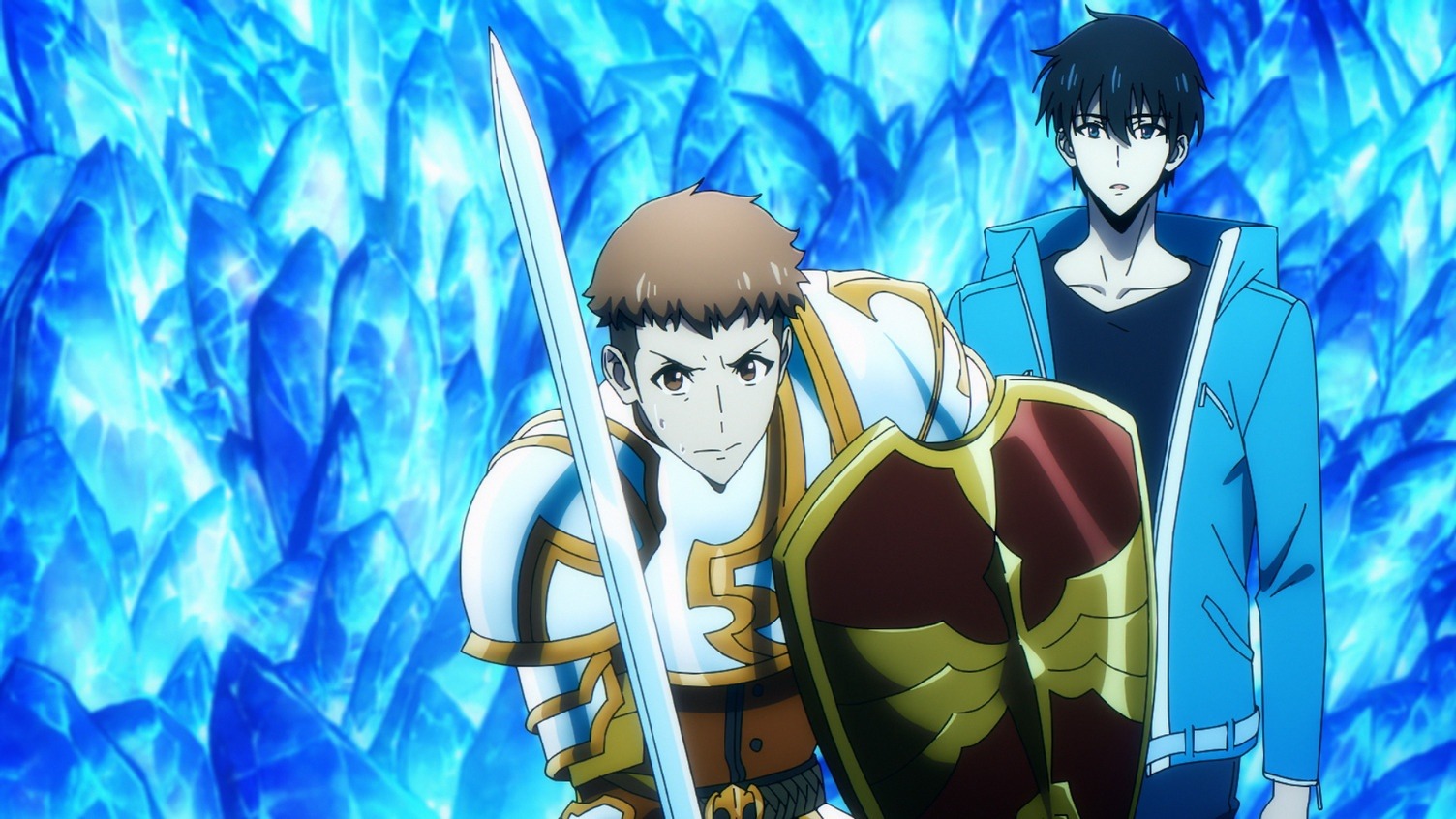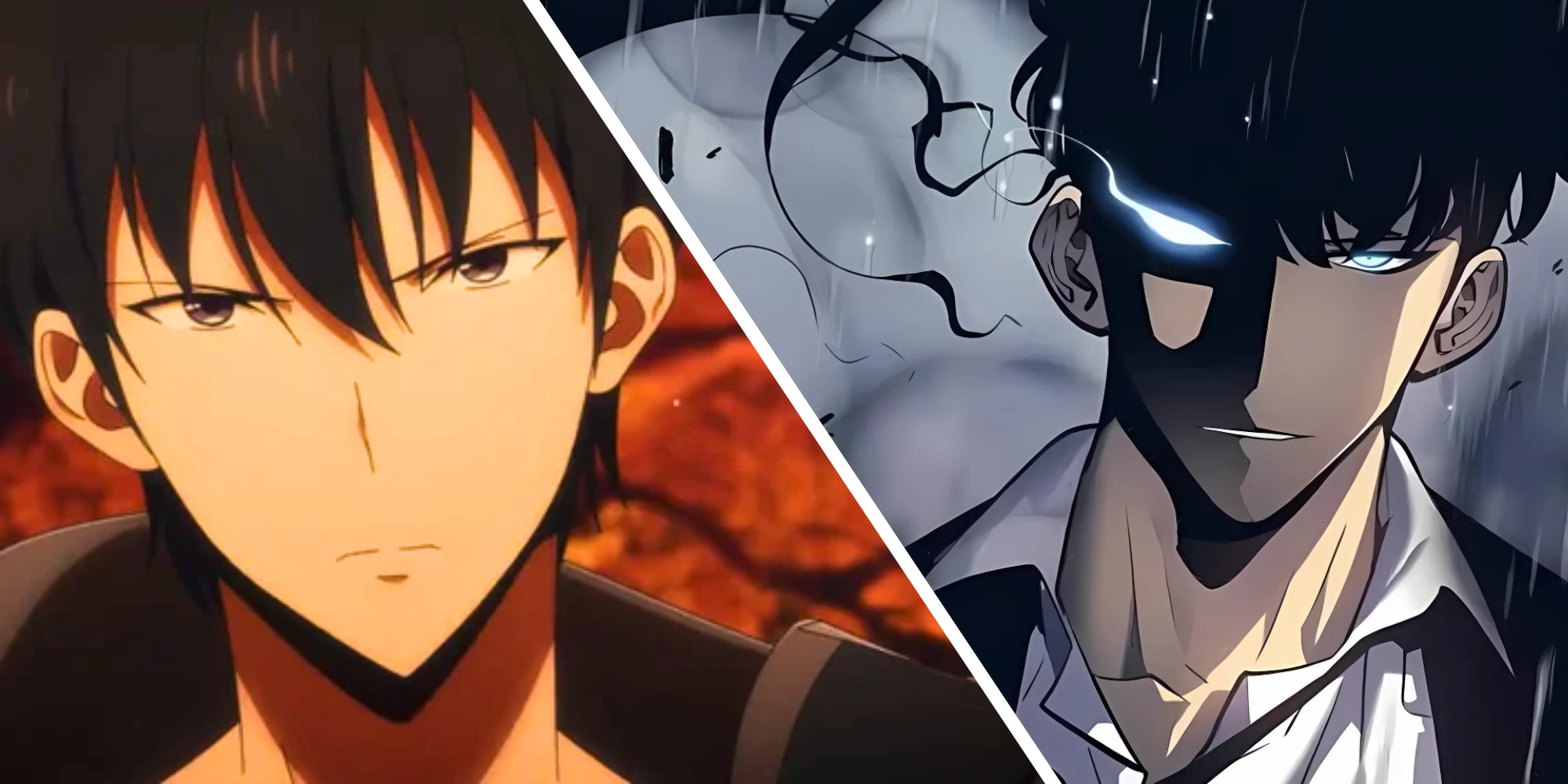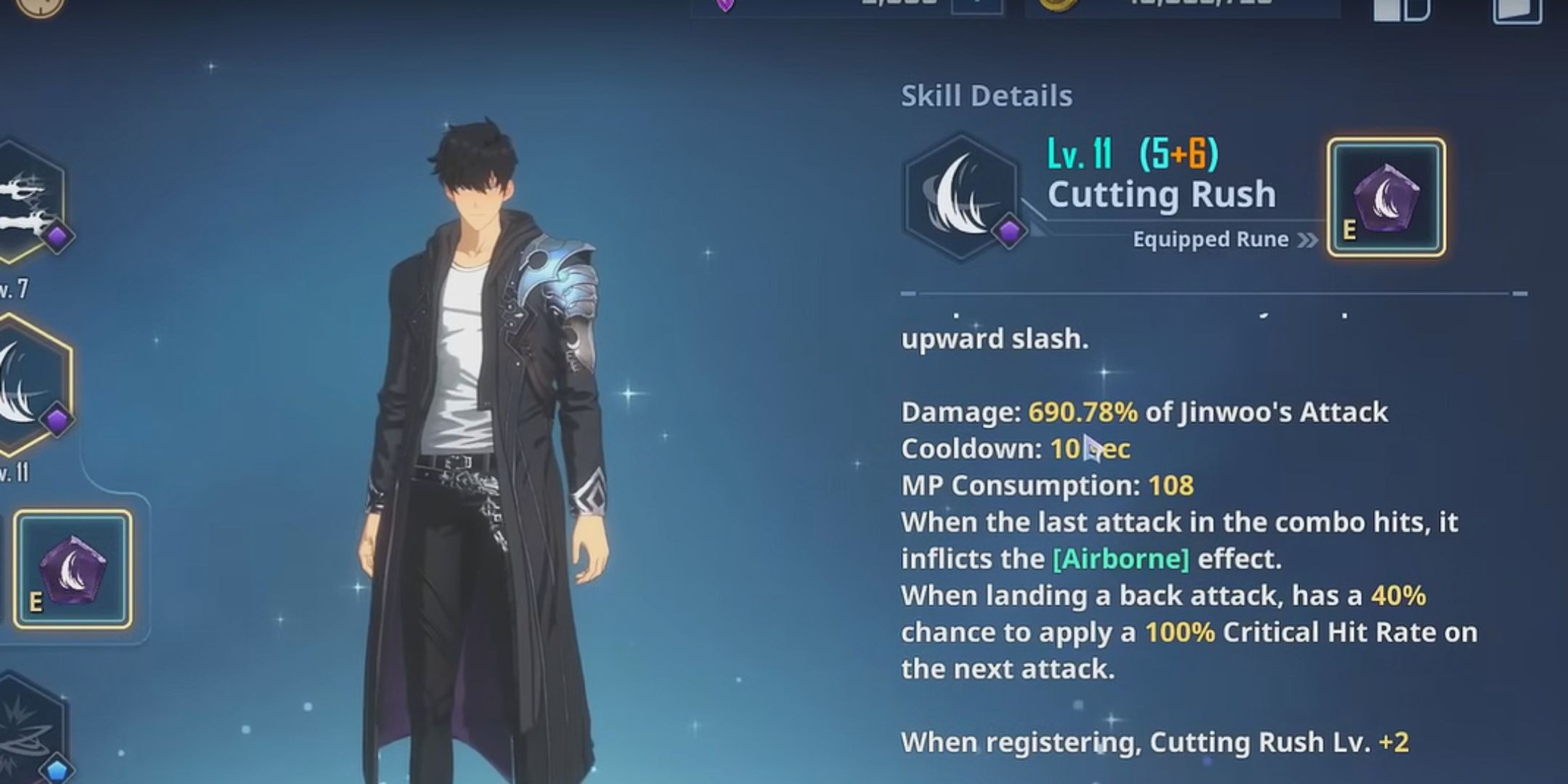Anime that focuses on action often relies on unique battle systems to keep fans engaged. Whether it is turn-based strategies, fast-paced duels, or large-scale fights, each series brings something different to the table. Some lean towards realism, while others embrace supernatural abilities that push the limits of imagination.
Solo Leveling takes a distinctive approach by integrating a game-like system into its combat structure, giving the protagonist measurable power growth. This method makes every fight feel like a progression rather than just another clash between strong characters.

While many anime rely on experience, training, and raw talent, Solo Leveling introduces a structured leveling system that sets it apart. But does this system truly make it superior to others, or is it simply a different way of handling battles? Comparing it to other well-known anime fight mechanics can help determine its impact.
The Structure of Solo Leveling’s Battle System
The entire combat approach in Solo Leveling revolves around the idea of leveling up like in a role-playing game. Sung Jin-Woo starts as an extremely weak hunter, but after gaining the system, he is granted the ability to increase his stats by completing quests, defeating monsters, and acquiring new abilities.
Unlike many anime protagonists who improve through training arcs, harsh experiences, or sudden power awakenings, Jin-Woo’s growth is methodical and quantifiable. Every stat increase directly impacts his combat effectiveness.
Whether it is strength, agility, or stamina, each improvement is reflected in the way he fights. This structured progression makes battles more engaging, as fans can see clear advancements rather than relying on vague explanations about getting stronger.
This also reduces the need for excessive exposition because the numbers tell the story. Additionally, Jin-Woo has access to an inventory system, allowing him to store weapons, potions, and other useful items that can influence battles.
The introduction of skills, job advancements, and shadow extraction further deepens the system, making each battle more than just a test of strength but also a strategic encounter where resource management plays a role.
How It Compares to Traditional Power Systems
Many action-packed anime have their ways of handling fights and power progression. Some of the most well-known include the chakra system in Naruto, Nen in Hunter x Hunter, Ki in Dragon Ball, and the Quirks in My Hero Academia.
These power systems focus on natural talent, training, and understanding unique abilities. Unlike Solo Leveling, these series rarely quantify power growth in specific numbers but rather in experience and mastery of techniques.
For example, Naruto’s chakra system is based on energy manipulation, requiring different types of training to unlock new abilities. While characters can get stronger over time, the rate of improvement is inconsistent.
Some fighters gain strength through rigorous training, while others have inherited abilities that allow them to bypass the process. Solo Leveling, on the other hand, ensures that every increase in power is earned directly through a measurable system.
Similarly, Dragon Ball operates on a mix of raw physical training and transformations that grant massive power boosts. While power levels were once used to measure strength, they were abandoned later in the series because they became unreliable.
Solo Leveling avoids this issue by keeping the system relevant throughout the story, ensuring that every number still holds meaning even as Jin-Woo reaches godlike levels of power.
Does the Game-Like System Make Fights More Engaging?
A major advantage of Solo Leveling’s battle system is how it creates a clear sense of progression. When Jin-Woo levels up, there is immediate feedback that allows fans to see the impact of his growth.
This eliminates the confusion that sometimes comes with anime power scaling, where characters suddenly gain strength without a clear explanation. The structured increase in stats makes each victory feel earned rather than convenient.
Another key aspect is the variety of combat styles that emerge due to the system’s mechanics. Jin-Woo is not just a brute-force fighter—he can adapt his strategy based on new skills, equipment, and abilities.
His ability to summon shadows adds another layer to combat, making battles a mix of one-on-one fights and army-based warfare when needed. This blend of solo combat and tactical army deployment is something that few anime have executed as smoothly.
However, one possible downside is that this system makes Jin-Woo’s fights feel somewhat predictable at times. Since he is constantly leveling up, it becomes clear that he will rarely struggle for long.
Unlike traditional anime where fights can go either way depending on tactics and unpredictable factors, Solo Leveling ensures that the protagonist almost always dominates. While this is satisfying to watch, it removes the element of uncertainty that makes other anime battles more thrilling.
How Other Anime Have Experimented with Game-Like Mechanics
While Solo Leveling stands out for its execution, it is not the only series that has attempted a game-like battle system. Anime like Sword Art Online, Log Horizon, and The Rising of the Shield Hero have also introduced RPG-style mechanics where characters gain levels, skills, and equipment to improve their fighting capabilities.
However, these anime often limit their mechanics to an actual game world, meaning the rules are only relevant within that setting.

Solo Leveling makes the system an inherent part of the real world, ensuring that it directly impacts not just the protagonist but also the structure of battles, the way enemies are handled, and the stakes of combat.
This seamless integration gives it an edge over other game-inspired anime. Another comparison can be made with Attack on Titan, where combat is more grounded but highly strategic. While Solo Leveling relies on a structured growth system, Attack on Titan keeps every battle unpredictable, as even the strongest fighters can be taken down in an instant.
The unpredictability makes fights more nerve-wracking, whereas Solo Leveling provides a power fantasy where the protagonist’s victory is always expected.
Does Solo Leveling’s Battle System Outshine Others?
Whether Solo Leveling’s battle system is superior depends on what a fan values in a fight. If structured power progression, clear stat growth, and strategic combat appeal more, then its system is among the best.
The way abilities, summons, and inventory management come into play makes every fight feel like a carefully designed encounter rather than a random clash of strength. On the other hand, for those who enjoy battles where the outcome is uncertain, traditional anime power systems may be more appealing.
Shows that rely on experience, creativity, and unexpected twists tend to create more intense fights where victory is never guaranteed. While Solo Leveling ensures that Jin-Woo’s growth is satisfying, it lacks the unpredictability that makes battles in some anime feel like true life-or-death struggles.
Both approaches have their strengths, and Solo Leveling brings a fresh take that makes fights engaging uniquely. Whether it outshines others depends on what kind of combat system a viewer prefers.


